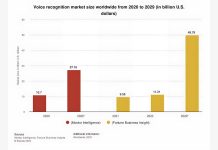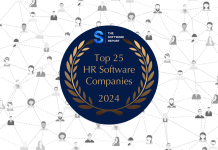At first blush, the gig economy may look downright scary. Uber drivers are making little if anything, Amazon delivery freelancers are just earning the minimum wage and moreover, people are juggling several part-time gigs to make it work. Freedom: yes. Security: not so much.
But just like software thrives in seeming disorder, so do countless people in the gig economy. And if you apply the idea of Antifragility to temporary workers hired by the scores of software and high tech firms, everyone eventually wins.
Antifragility, a concept developed by Professor Nassim Nicholas Taleb in his book “Antifragile” and in published works, means systems improve and increase in capability due to disorder whether that is stressors, mistakes, failure and/or attacks to the system and is different than resilience which is the ability to recover from disorder and robustness which is the ability to skirt failure. Take human muscles for one example. The more you use them and the heavier the weight you lift the bigger and stronger they become.
Software Thrives In Chaos
It can also be applied to the software industry where software programs improve when they are faced with disorder. Software isn’t self-healing, not yet anyway, but it does improve as more people use it. Bugs are identified and fixed, security holes are closed and more functionality and usage is added the more it is in operation. The whole goal is to constantly improve it to give customers a reason to keep coming back. Software is also not like a dishwasher that doesn’t get better over time. It wears out after a while, requiring repairs or replacement. Software is malleable, always changing and improving the more shocks to the system, underscoring its antifragility characteristics.
Gig Economy Is Antifragile
The whole notion of antifragility can also be applied to this new era of temp workers and gig economy employees. Currently, it may appear chaotic to software and technology employers trying to land top talent and unsustainable for employees looking for the same level of security that is afforded full-time workers. But the disorder is actually improving the livelihoods of millions of people and as it evolves is only expected to help more.
Take the makeup of the gig economy workforce for starters. It may not make you rich, but according to futurist, economic historian, and Cornell Professor Louis Hyman, 94% of net new jobs during the course of the past decade have been outside of full-time employment with a third of all workers making some or all of their income in the gig economy. Those long-term, super secure jobs that you could retire with are often out of the reach of women, people of color and immigrants anyway, Hyman argues in his new book “Temp: How American Work, American Business and the American Dream Became Temporary.” Not true of the gig economy jobs. Temp work is also the preferred method of employment for a growing number of people including those with the skills high-tech companies are trying to lure their way.
In order for the gig economy to take off, companies, global economies and the world have to embrace the idea of independence and flexibility instead of fighting it. They have to come up with new ways to cater to this group. Hyman argues that the gig economy will thrive as new ways to provide a security net similar to full-time jobs are created. The Cornell Professor pointed to portable benefits as one example. More people would be willing to quit their “day jobs” if they had benefits they could take from one temp job to the next. It also underscores just how antifragile the gig economy may be.
























